Review: Toyota Etios And Etios Liva, Indian Spec

How does one test drive a car that is only available in India? In my case, easier done than said. I took the train from Yugawara three stations to Mishima.
Then a bus up a windy road, and between Mount Hakone and Mount Fuji, Indian cooks, Indian curry, and Indian cars awaited me.
Did I say Mount Fuji? Sure did: The Indian cars are from Toyota. And they were at the Fuji Speedway, one of Japan’s two F1 circuits. The race track is owned by Toyota, and they don’t like to talk about F1, because they had exited the sport last year.
Last December, I wrote about the Toyota Etios, Toyota’s car for third world domination. Now, it was ready to be driven. On the Fuji Speedway. I think last time someone from TTAC was here, it was Stein X Leikanger, who drove a Lexus SUV. Perish the thought of barreling down the track and setting new kita no rūpu (that’s tortured Japanese for “Nordschleife”) records in a 1.2 liter 80 hp hatchback or a slightly better engined 1.5 liter 90 hp sedan. The test drive took place on Toyota’s driver training facility, tucked into a corner of the speedway.
The Etios is a car that stands third world production on its head. Usually, carmakers try to foist current or preferably former generation models onto emerging markets. When roads are bad, as they sometimes are in those markets, the cars are jacked up a bit. If the market wants more rugged cars, mild mannered family mobiles receive faux wood trim, all season tires, a roof rack, and a woodsy name.
The Etios is none of that. It is a SUV in family car clothing. It has a 170mm (6.7 inch) ground clearance. It has skid plates to protect the underbody from the rigors of unpaved roads. Made for hot India, it doesn’t have cupholders. It has huge water bottle holders, seven of them.
And it has a huge cooled – no, one cannot possibly call this 13 liter cavity a “glove compartment” – it has a huge cooled whatever with room for eight more bottles.
The cool comes from a monster air-conditioning unit the size of a small car engine. A duct punched into the “glove compartment” turns it into a refrigerator.
Inside, the car is roomy. It is built for five ruggedly-built Indians. In a pinch, and breaking all rules, it probably would seat seven skinny Japanese.
The car even has a little shelf space in the dash where to put the appropriate driving deity. A Toyota branded statuette of Ganesha, the cheerful, food-loving god of travel is available. (From a Japanese view, this is nothing unusual. Japan also has gods for everything. My personal favorite is the Tanuki, the god of restauranteurs.)
The engine – well, what do you expect? A French team that edits Akibaranews.com managed to kick the car into making sporty noises, and to squeak around the rubber cones while they shot the video above.
Martin Kölling, Japan correspondent of the German version of the Financial Times, complained that he “had to stay in third to get the car to 100 km/h” (62 mph). Ran Kim, the Japan auto industry correspondent for Reuters Tokyo, drove around the circuit “mostly in 5th gear” in the mild mannered Japanese way. Driving styles are worlds apart, and this is a car for another world.
The Etios sedan had been on sale (but not immediately available) for six months and had sold 37,000 units, more than Toshihiro Takeda, manager of Toyota’s India product planning group, had planned for.
We also saw and drove the Etios Liva, the hatchback version of the Etios. It was launched just a few weeks ago in India, and received 1,400 orders in the first four days.
The cars were introduced by Etios chief engineer Yoshinori Noritake who explained that Toyota started in India, because this country provides the biggest challenge: Competitive, geared towards cheap cars, the bulk of which provided by Suzuki, a market that holds Toyota in high esteem, but thinks it is expensive.
“If we are successful here, we will be successful in other emerging markets,” said Noritake, adorned with a sporty red polo shirt. Officially, those other emerging markets are a secret. The Etios will be exported from India to other undisclosed locations (figure South East Asia). It is an open secret that Toyota engineers in Brazil are working on a Brazilian car based on the Etios platform. There are less reliable rumors that Russia might be next.
First and second world auto writers might wrinkle their noses at this car. But it definitely can be a serious player where the action and growth is: In the emerging markets. Ultra-low-cost cars, such as the Tata Nano, usually are a very transitory phenomenon in these markets. They might get people off their scooter and under a roof. But eventually, people will demand a real car with room for bags and the family, and one that doesn’t advertise “I can’t afford something bigger.”
In a far away corner of the facility stood the competition of the Etios. Two Suzuki cars, one from Tata, all three with huge “No photograph” signs on them. I kept a respectful distance.
The Etios will give the competition something to think about.

Bertel Schmitt comes back to journalism after taking a 35 year break in advertising and marketing. He ran and owned advertising agencies in Duesseldorf, Germany, and New York City. Volkswagen A.G. was Bertel's most important corporate account. Schmitt's advertising and marketing career touched many corners of the industry with a special focus on automotive products and services. Since 2004, he lives in Japan and China with his wife <a href="http://www.tomokoandbertel.com"> Tomoko </a>. Bertel Schmitt is a founding board member of the <a href="http://www.offshoresuperseries.com"> Offshore Super Series </a>, an American offshore powerboat racing organization. He is co-owner of the racing team Typhoon.
More by Bertel Schmitt
Latest Car Reviews
Read moreLatest Product Reviews
Read moreRecent Comments
- Ajla But no ES500h at this time? 🤔 I'd be a little surprised if they bothered to make a trim with the 2.4T or any other ICE-only version. I'm thinking a 250hp AWD hybrid will be the "ES350h". Then whatever these "e" versions are and then maybe something with the Hybridmax.
- Jeff Not so much of a Malibu fan but this is a missed opportunity by GM to make the Malibu a hybrid only and sell it at a more competitive price. This would make a perfect fleet rental car with a hybrid and priced right it would be popular with many buyers who don't want a truck, suv, or crossover but want an American made car. The tooling and dies have long been paid off just offer the hybrid and make the interior a little nicer.
- SCE to AUX This makes the Pontiac Aztek look beautiful.
- Jeff If we are worried about the Chinese spying on us and gathering information then we need to make certain specifications on vehicles imported from China that would lessen any concerns about this. I don't see how we could eliminate all information gathering especially if that vehicle has connectivity to your phone.
- ToolGuy Oh look what's this?











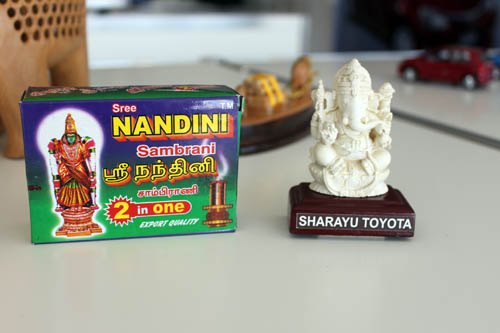






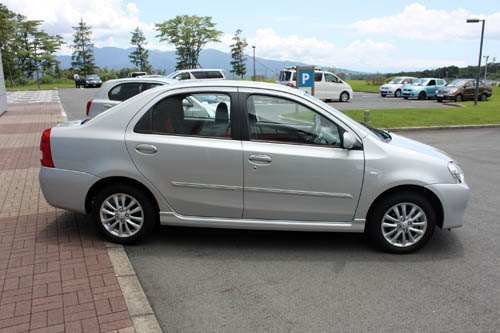


















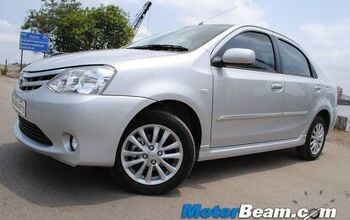




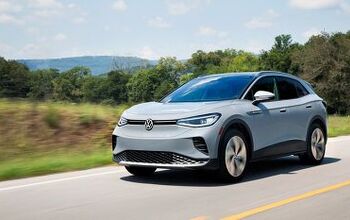

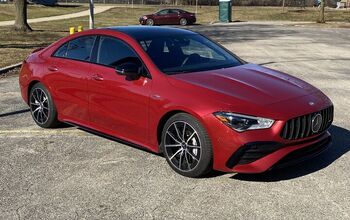

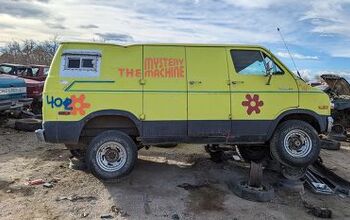
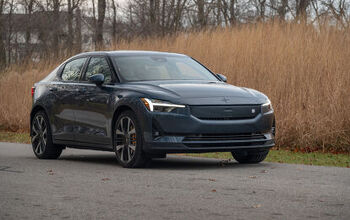
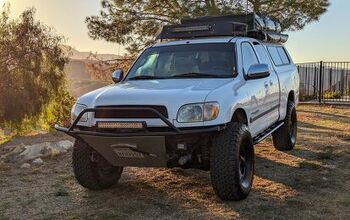
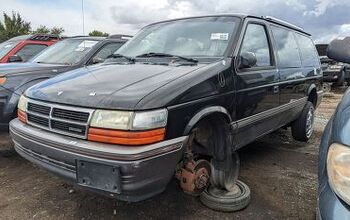

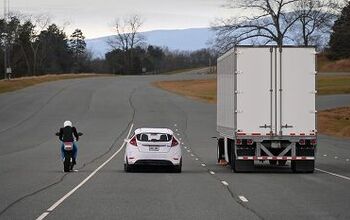
Comments
Join the conversation
All those mentions of this being a low priced car, with the price never mentioned!
based on the video, it seems like it rolls a lot on the corner... and i can spot the same audio console as the one in daihatsu sirion hatchback... i heard honda made a similar car for Thailand market and i think they occupy the same segment. I wonder if toyota will bring this things will make to ASEAN Shores. Should be nice to see the competition it creates. Toyota Etios VS Honda Brio anyone? ( just like Corolla VS Civic in the old days ) I bet it would be epic